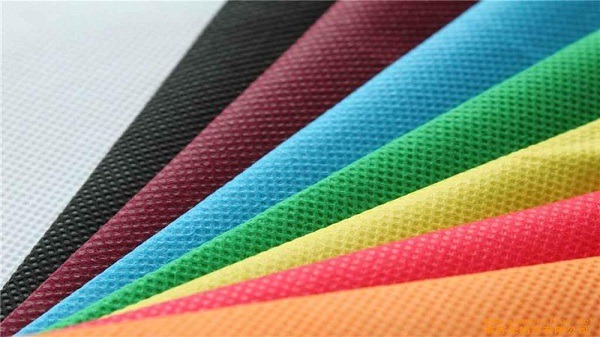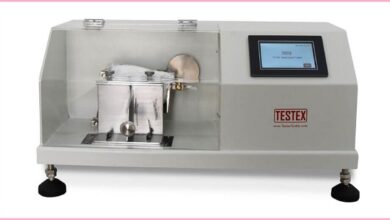
Spunbond and spunlace are two common types of non-woven fabrics. Both types have unique characteristics that make them suitable for different applications. In this article, we will discuss the differences between spunbond and spunlace, their characteristics, and their uses.
Spunbond Fabric:
Spunbond fabric is made by extruding melted polymer fibers onto a conveyor belt or a spinning drum. The fibers are then bonded together using heat and pressure or with the help of a chemical binder. Spunbond fabrics are commonly made from polypropylene, polyester, or nylon. They are known for their high tensile strength, durability, and resistance to moisture, chemicals, and abrasion.
Spunbond fabric is typically used in industrial applications where strength and durability are required. It is commonly used in geotextiles, agriculture, medical and hygiene products, filtration, and construction.
One of the main advantages of spunbond fabric is that it is cost-effective and can be produced in large quantities. The production process is also fast and efficient, which makes it ideal for mass production. Spunbond fabric is also lightweight and easy to handle, which makes it an excellent choice for applications that require flexibility and ease of use.
Spunlace Fabric:
Spunlace fabric, also known as hydroentangled fabric, is made by entangling fibers together using high-pressure water jets. The fibers can be made from a variety of materials, including natural fibers like cotton or synthetic fibers like polyester. Spunlace fabric is known for its softness, absorbency, and versatility.
Spunlace fabric is commonly used in the hygiene industry for baby wipes, facial wipes, and feminine hygiene products. It is also used in the medical industry for wound care and surgical drapes. Spunlace fabric is also used in the automotive industry for interior linings, sound insulation, and filtration.
One of the main advantages of spunlace fabric is that it is soft and gentle on the skin. It is also highly absorbent and can hold a large amount of liquid. Spunlace fabric is also very versatile and can be customized to meet specific needs. For example, it can be made with different fiber blends or with added features like antimicrobial or flame-retardant properties.
Comparison between Spunbond and Spunlace:
The main difference between spunbond and spunlace is the way the fibers are bonded together. Spunbond fabric is bonded using heat and pressure or a chemical binder, while spunlace fabric is bonded using high-pressure water jets.
This difference in bonding method gives each fabric unique characteristics that make them suitable for different applications. Spunbond fabric is known for its strength and durability, while spunlace fabric is known for its softness and absorbency.
Another difference between the two fabrics is the type of fibers used. Spunbond fabric is typically made from synthetic fibers like polypropylene, polyester, or nylon, while spunlace fabric can be made from a variety of materials, including natural fibers like cotton.
Finally, the production process for each fabric is different. Spunbond fabric is produced by extruding melted polymer fibers onto a conveyor belt or spinning drum, while spunlace fabric is produced by entangling fibers together using high-pressure water jets.
Conclusion:
Spunbond and spunlace are two common types of non-woven fabrics that are used in a variety of applications. Spunbond fabric is known for its strength and durability and is commonly used in industrial applications. Spunlace fabric is known for its softness and absorbency and is commonly used in the hygiene and medical industries.
While the two fabrics have some similarities, they also have some significant differences. Spunbond fabric is bonded using heat and pressure or a chemical binder, while spunlace fabric is bonded using high-pressure water jets. Spunbond fabric is


